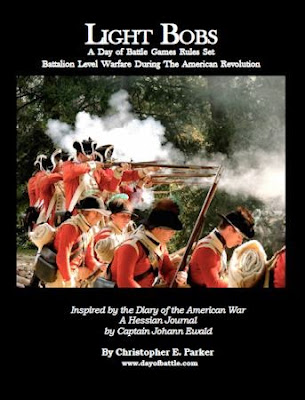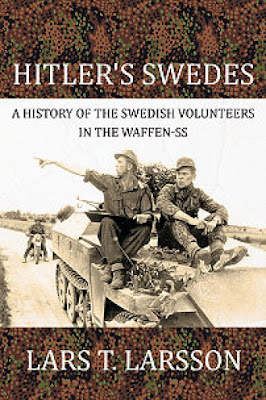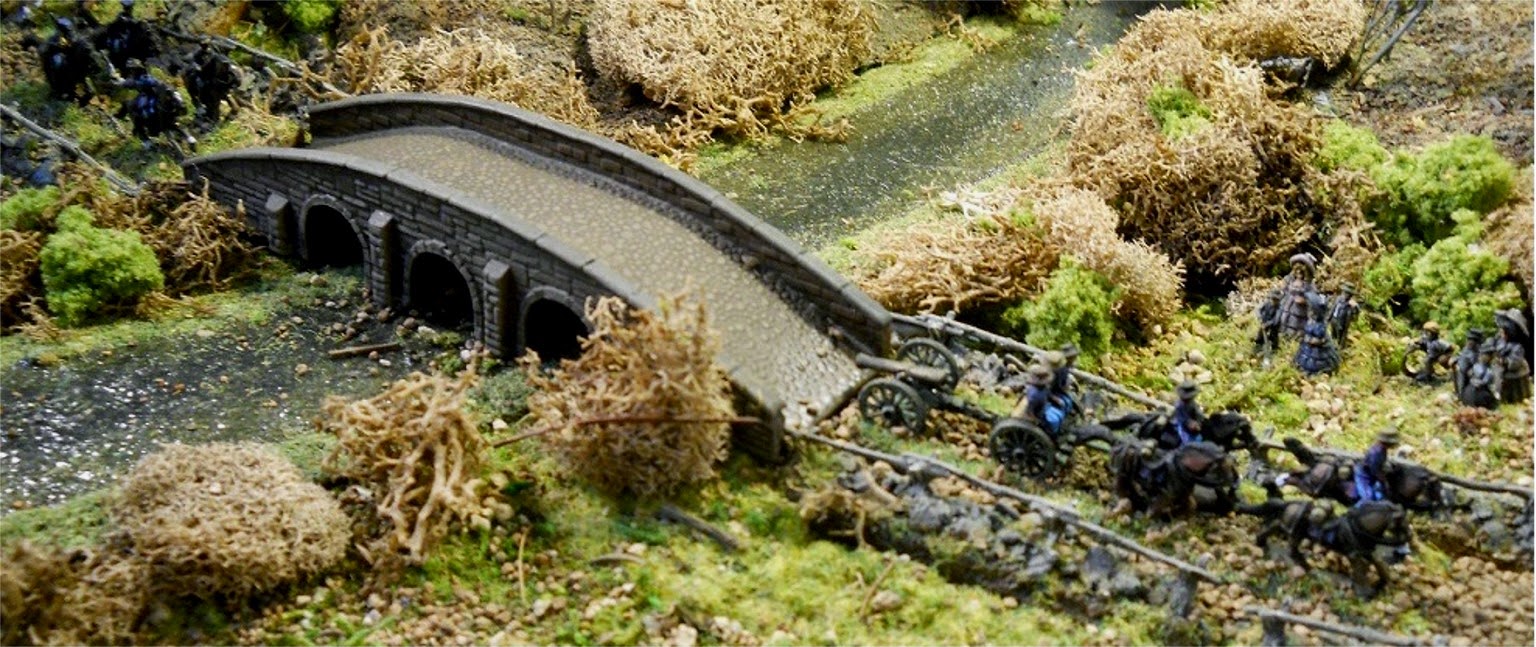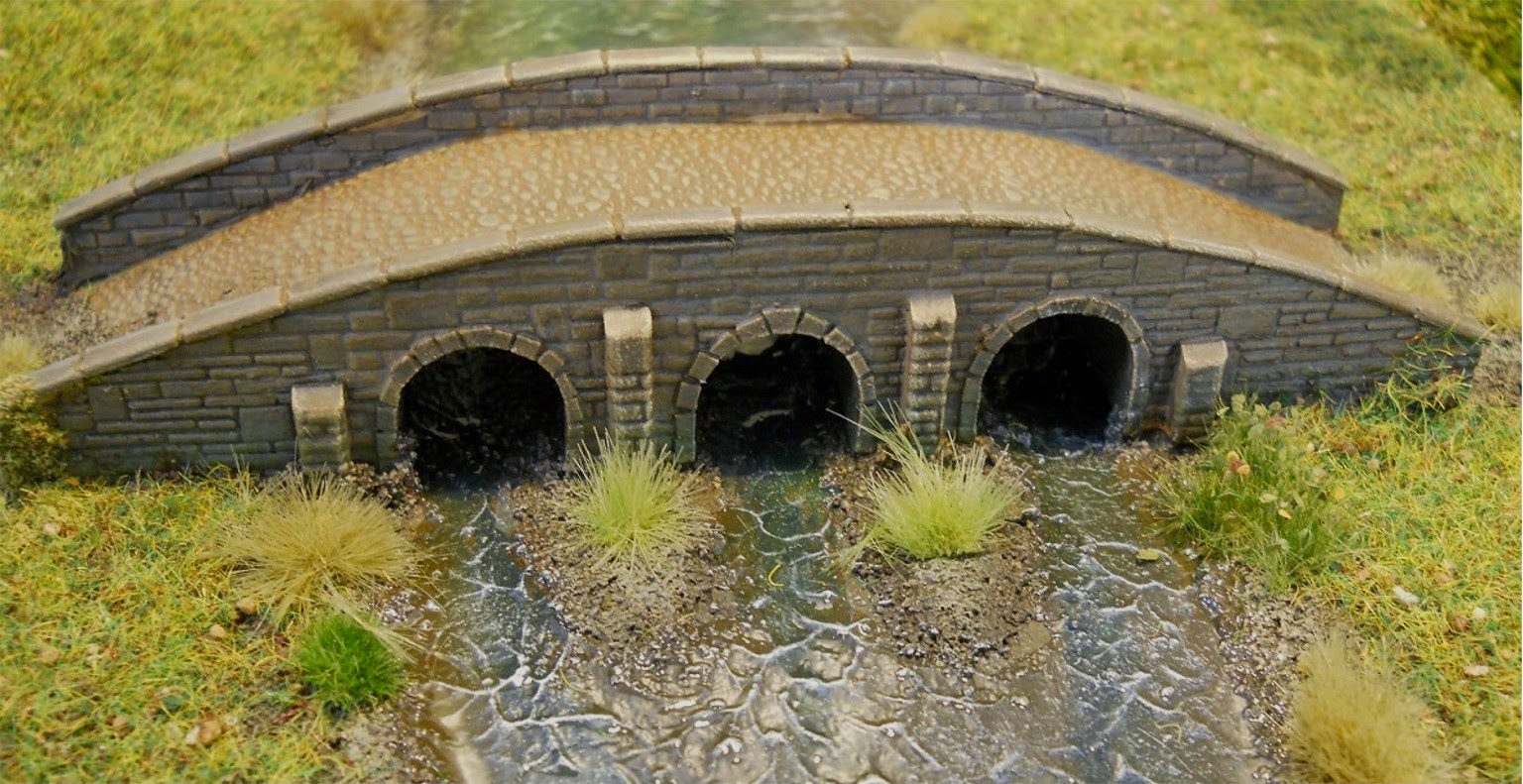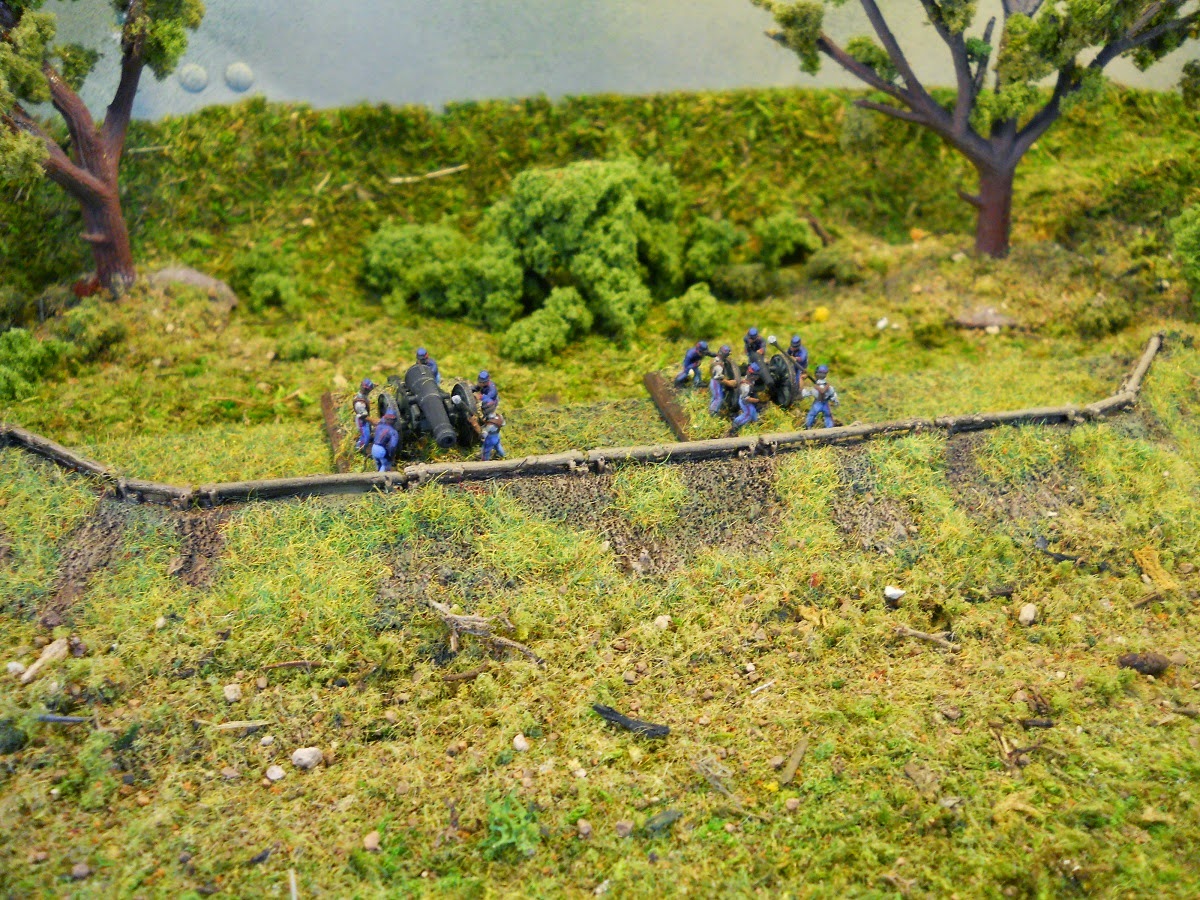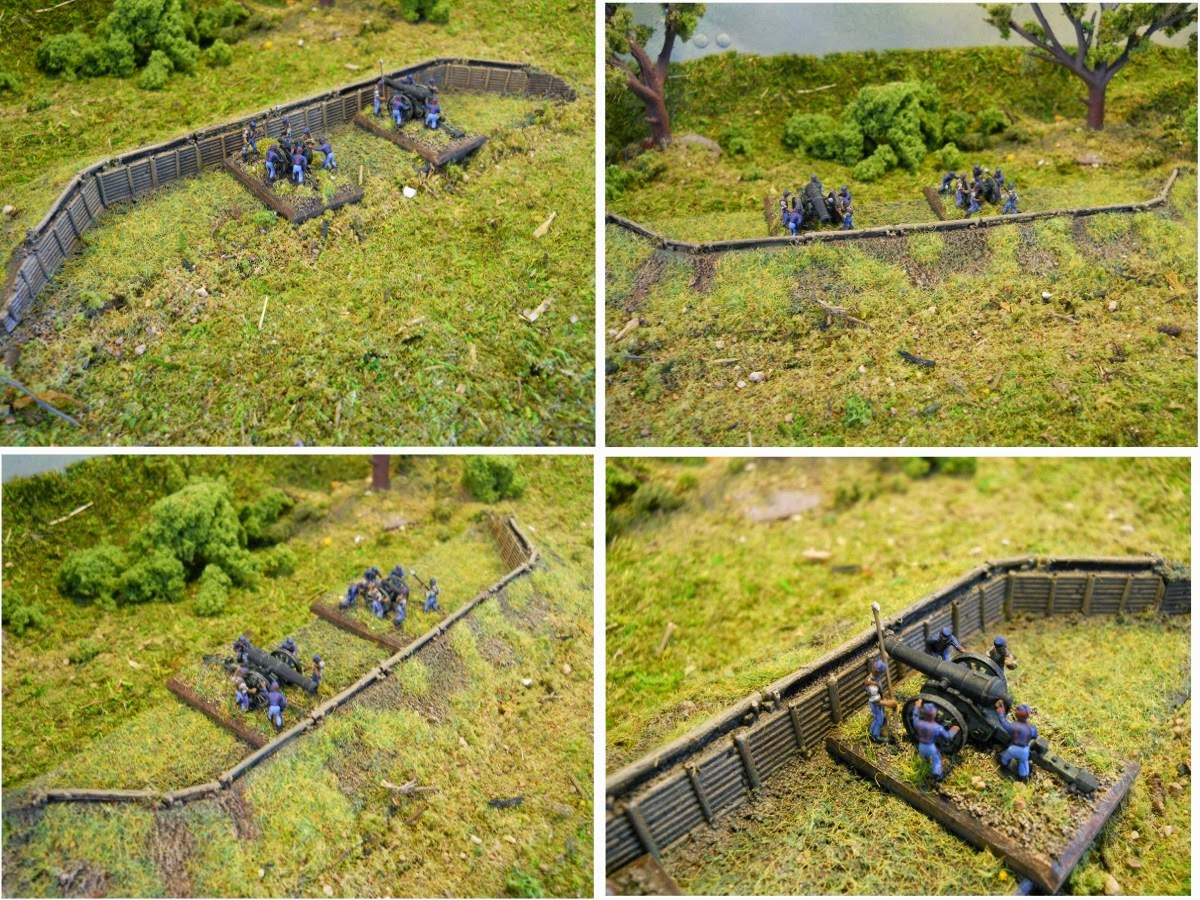INTRODUCTION
Light Bobs: a nickname for the British light infantry, first used during the American Wars of Independence, and commonly applied to the Light Division during the Napoleonic wars.
If you are familiar with the Day of Battle, you’ll notice a partial resemblance to them in these rules. I really enjoy the Command, Personality and Battle Line Morale parts of Day of Battle and knew I could use them for other eras.
Light Bobs is meant to cover actions where hundreds, rather than thousands, of soldiers are deployed. I feel that Light Bobs is written to be at battalion level, meaning the player commands four or more units called Companies. Companies are small (4 to 12 figures). This scale is larger than a man-to-man encounter, but below a brigade or multiple battalion engagement.
A basic game is between two leaders called Leaders of Worth with each commanding 4 to 6 Companies. Action is fast and sharp with the different Companies being of mixed arms and varying moral types. This is the scale of small units led by individual officers: a scale that I feel is sorely lacking in rules offerings. To bring out the individuality of the scale and the period I have used the personality rules from Day of Battle. These rules allow you to fight your Leader of Worth from battle to battle and watch him grow as a commander. This system is a sort of paperless campaign.
Finally actions are now broken down into theaters so you can move from one to another to fight different actions with different types of armies. The theaters provided are Boston, Saratoga, the Mid-Atlantic States and the South.
I hope you enjoy playing Light Bobs as much as I have writing them.
Game Scale
These rules are written for 25/40mm scale figures. The figures (preferably painted) should be mounted on as small a base as possible. A 1” round stand is recommended for infantry and a 1 x 2” rectangular stand for cavalry.
The basic maneuver unit of the game is the Company. The two terms, unit and Company, are interchangeable in the game. A Company is composed of between 4 and 12 figures. Companies include British and American regulars, Tory and Colonial militias, Indians, dragoons, and artillery. The lists provided in the appendix are for small engagements, not armies.
Disorder
Companies can accumulate Disorder (DIS) markers during a game turn. Once a Company exceeds its maximum number of DIS it is exhausted. Exhausted Companies cannot perform any other action other than reorder or defend in melee. DIS markers can be removed by spending action points on your Company (see Command, see also Company Characteristics and Disorder Limit Table).
Elite can take 3 disorders, Veteran, and Average can take 2 disorders and Poor can take 1 disorder.
Company Size
A Company must always be of made up of the same figure type as listed on the Company Characteristics Table. At the start of a battle, during the deployment phase “like” Companies may be split apart up or joined together into smaller or larger Companies of the same type. Company strength may never be greater than 12 figures (see Company Characteristics Table)
The First Company
Each Leader of Worth (LoW) has a First Company, which he may choose from any in the game. This is the unit to which he attaches himself at the start of the battle and which will define the position of his Battalion Line. LoWs may leave their First Company and the Battalion Line will still exist. However, the LoW will not be able to issue any Battalion Line commands if he is not attached to the First Company.
Leader of Worth
As a player, you will take on the role of a leader, referred to as a Leader of Worth (LOW). Your LOW is responsible for raising, organizing, and commanding the army. Light Bobs encourages you to use your LOW from battle to battle. This will give each battle a common reference point and enhance the thrill of recreating battles of the era. If one does not exist, the player generates his LOW before a battle begins.
Military Rank
In the 18th century every person had a place on the military social ladder, usually determined by birth although inspired individuals could sometimes rise on their own merit or luck. Warfare was one of the best ways men could change their social rank. In Light Bobs ‘, you will find yourself as concerned with winning a battle as you are with surviving. All new LOWs start at Military Rank 3, Captain (see Military Rank Table)
Personal Skills
A LOW has four Personal Skills. These are tracked and may improve from battle to battle. A newly commissioned LOW starts with 3 uncommitted skill points plus a randomizer card to place on his 4 skills. The color of the card is ignored. Jokers allow one skill to be raised by 1 point regardless of the cost to do so. A LOW may carry forward unused skill points however he must commit them to a skill (see Personal Skills Table).

